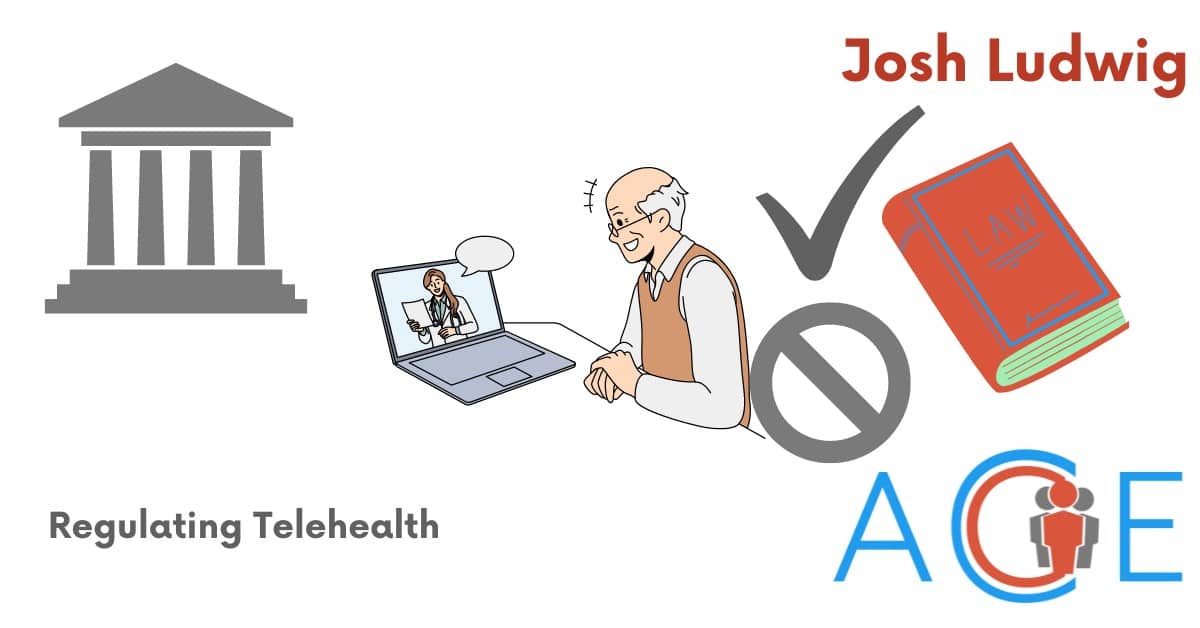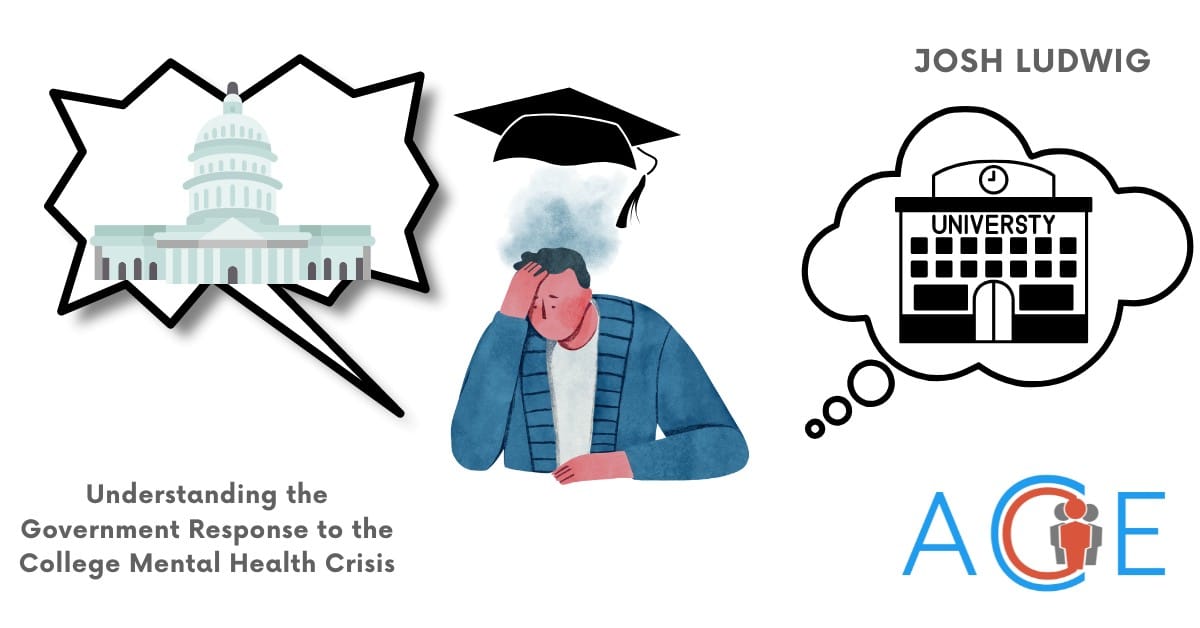Background
Since the Covid-19 pandemic, there has been an increase in the prominence of telehealth services, especially for mental healthcare. As a result, previous government policies regulating telehealth have been reevaluated to consider the challenges surrounding the Covid-19 pandemic.
Telehealth occurs in three categories: real-time communication (think Zoom, Google Meets, telephone, etc), store-and-forward (references the transmission of data, images, sounds, or video from one site of care to another site of care for evaluation), and remote patient monitoring (refers to collecting a patient’s vital signs or other health data while the patient is at home or another location, and transferring the data to a remote provider for monitoring and response as needed).
One argument for regulating telehealth is for privacy and security concerns. The Health Insurance Portability & Accountability Act (HIPAA) is a major concern for telehealth, especially telehealth for mental health (telemental health). The popular teletherapy apps BetterHelp and Talkspace collected and shared metadata with third-party vendors for targeted advertising, according to a recent report by Jezebel. HIPAA concerns are especially important for telemental health because of the sensitivity and confidentiality of the conversations patients have with their mental health providers. Additionally, another argument for regulating telehealth is that there are still debates about the efficacy of telehealth for mental health.
Recent Developments in Telehealth
- Permanent telehealth policies (post-Covid): 37 states enacted 51 bills to make temporary flexibilities permanent post-Covid. These policy changes include Arkansas expanding the list of providers eligible to conduct telemental health for Medicaid recipients and required coverage for group therapy, crisis intervention services, substance use assessment, and other telemental health services.
- Temporary telehealth policy changes: All 50 states, D.C. and Puerto Rico implemented some form of telehealth policy change during the Covid-19 pandemic. These policy changes include Connecticut enacting legislation to extend certain Covid-related changes until June 2023, including requiring payment parity (equal insurance coverage for in-person and virtual medical appointments) and expanding the list of providers eligible to use telehealth.
- Non-legislative action (governors’ offices): Some states took non-legislative action—through governors’ offices, Medicaid agencies, licensing boards, and other state agencies—to make Covid-related changes permanent. These non-legislative actions include California’s Department of Health Care Services, which operates the state’s Medicare program, making Covid-related changes permanent by implementing payment parity for services delivered via telehealth in real-time and coverage for audio-only telephone visits.
- Increased funding for new telehealth initiatives: The $2 trillion Coronavirus Aid, Relief, and Economic Security (CARES) Act passed by Congress included $200 million for the Federal Communications Commission to expand telehealth services across the country.
One argument in favor of deregulating telehealth is there is a shortage of mental health professionals, and bureaucracy makes it hard to offer telehealth between state lines. Additionally, the pandemic has made it harder for people to access their providers in-person. Currently, telehealth is inaccessible to many, due to the cost or lack of internet access. Deregulations for this inaccessibility could include forcing Medicare and Medicaid to adopt payment parity for telehealth and in-person medical appointments, reducing the cost, as well as subsidizing internet access for low-income folks.
Future developments in this issue include a further $100 million from the Universal Service Fund administered by the FCC which will finance a three-year Connected Care Pilot program to subsidize internet connectivity for healthcare providers (associated with CARES Act). Additionally, many states which implemented temporary telehealth policy changes will have to make decisions about which reforms to keep.
The heart of this issue is the government’s role in regulating vs. deregulating telehealth and telemedicine, and it comes down to the states mostly instead of the federal government. Will HIPAA privacy concerns stand in the way of telehealth accessibility, which is already inaccessible to many who lack internet access and economic capital? Will payment parity and the loosening of licensing restrictions for interstate telehealth appointments prevail over the questioned effectiveness of telehealth and telemedicine? Will the deregulations of telehealth that have already occurred be here to stay, especially once the pandemic is over? Is telehealth the future of healthcare, or are in-person medical appointments more effective?


